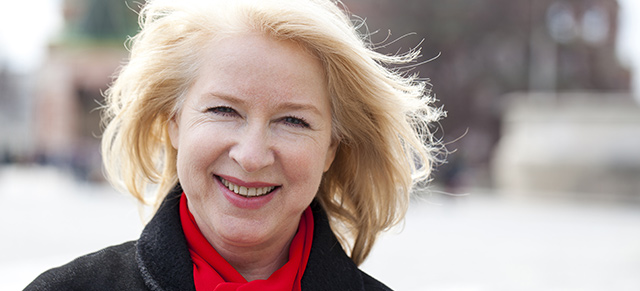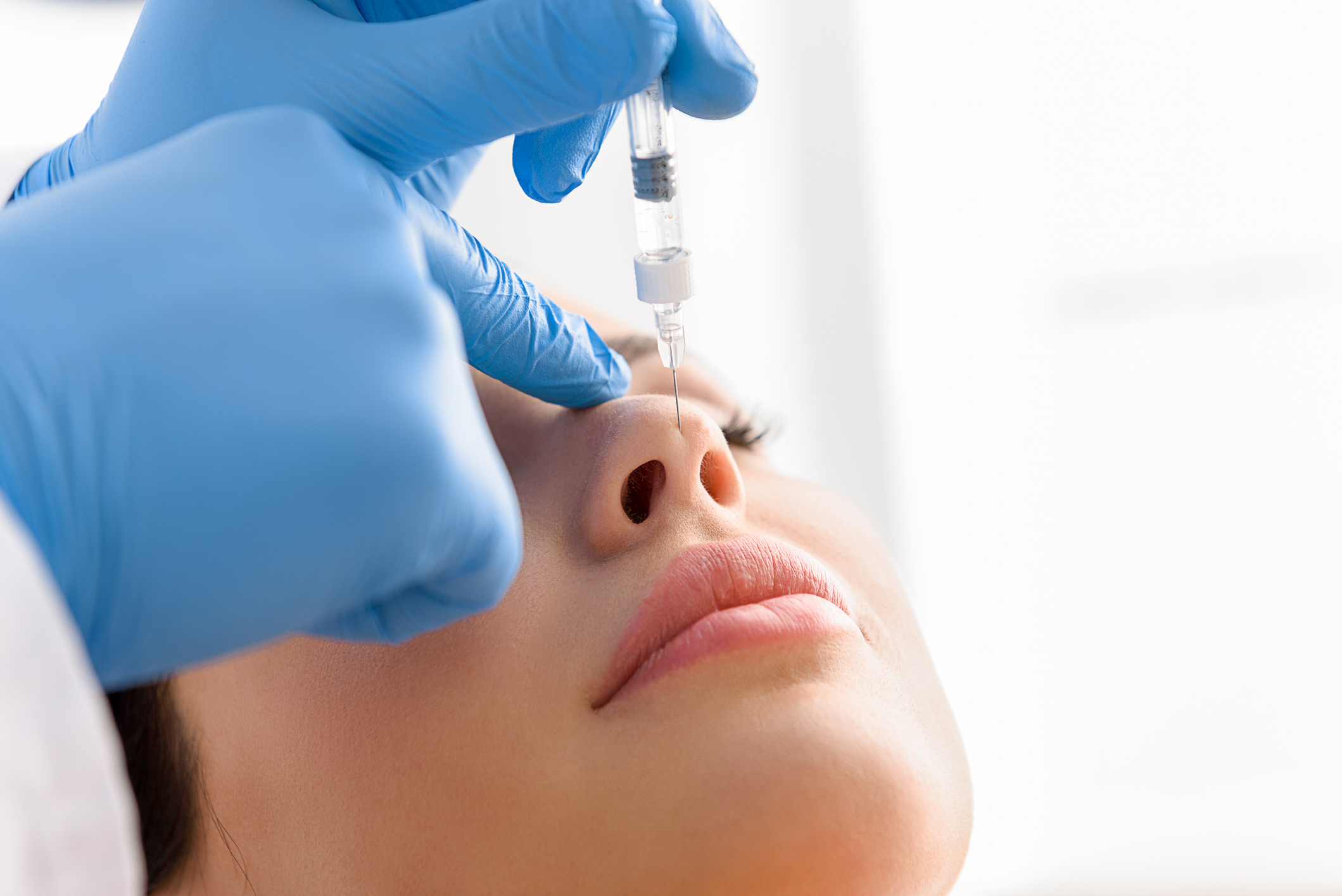Nose Surgery (Rhinoplasty) at Plastic + Hand
Too short, too long, too wide, too narrow, off-center, bumpy, or twisted. There are many reasons that people might opt for nose surgery (or rhinoplasty). Nothing can change your look quite as dramatically as a reshaped nose. Whether you’re unhappy with the nose you inherited or an injury has changed its appearance, nose surgery could be the answer for you.
With training from some of the top medical centers in the U.S., Plastic + Hand surgeons have the depth of experience and skills necessary to perform your rhinoplasty safely and successfully… all right here in Maine.
What does rhinoplasty involve?
During rhinoplasty, a surgeon reshapes your nose to bring it into better balance with your other features. Your surgeon restructures the cartilage and bone through small incisions inside your nose. It’s possible for certain breathing problems to be corrected at the same time. Once your surgeon has achieved the desired reshaping, your skin and soft tissue will rearrange themselves over the new structure. Since most or all incisions are made inside the nose, there will be little or no visible scarring.
Rhinoplasty usually takes one to two hours. We perform this procedure using either local or general anesthesia in the comfort of the state-of-the-art, accredited Plastic + Hand Surgery Center.
Depending on the surgical technique used, we may place a splint on the bridge of your nose to stabilize the tissues and protect your nose while you sleep. We may also place packing or soft internal splints inside your nose.
Nose surgery 3-D animation
Why do patients seek a rhinoplasty?
While patients typically come into the office (often by referral) due to breathing problems caused by a fractured nose or previous nasal injury, there are some patients that have entirely cosmetic concerns.
How different will a rhinoplasty make my nose look?
Before surgery, your surgeon will work closely with you to discuss your medical history and your nose surgery expectations. You’ll specifically discuss how “different” you’d like your nose to look – whether this is a more subtle or dramatic change, whether these changes are possible, and if they will potentially have an effect on your breathing following the procedure. You and your surgeon will also set a realistic goal for your rhinoplasty outcome using advanced computer-generated imagery.
How does a rhinoplasty change the function of my nose?
The nose is one of the structures of the body where its function truly follows its form. Here’s a couple examples where form needs to be changed in order to improve function:
- Straightening a crooked nose to improve airflow
- Widening a very narrow nose that doesn’t breathe well due to small nasal passages
This also means that any cosmetic change performed on the nose (other than removing or flattening out a dorsal nasal hump) will likely have some effect on its function. Making a nose smaller by itself can make breathing worse, so it’s important to rely on our leading rhinoplasty surgeons in Portland, Maine, that ensure breathing function is prioritized in short- and long-term outcomes of both functional and cosmetic nose surgery.
Can a rhinoplasty help my breathing issues?
Rhinoplasty can be highly effective for improving breathing issues, understandably a problem that patients want fixed for their quality of life. There are two types of breathing issues – fixed and dynamic – that your surgeon can discuss more in your consultation.
Can a rhinoplasty fix a deviated septum?
A septal correction (septoplasty) can help fix a deviated septum. In fact, it can be common for patients that have straight noses (and no issues about their nasal appearance) to seek a rhinoplasty to fix breathing issues from a deviated septum.
A deviated septum (from development or injury) can cause breathing issues that require surgery. Sometimes, surgery on the septum alone can help improve airflow, and it won’t require structural surgery to the nose unless the patient would also like to make some cosmetic changes (narrowing the tip or straightening the hump) that can be performed at the same time as septal work. If you need surgery on your nasal septum for breathing and also desire cosmetic changes, it is best to perform these surgeries at the same time since harvested septal cartilage is frequently used for grafts during cosmetic rhinoplasty.
Can a rhinoplasty help with enlarged turbinates?
Many patients with enlarged turbinates have a long history of congestion and may also have a runny nose or “sinus issues” since their large turbinates may prevent the sinuses from draining normally. These patients may have had one or more courses of allergy medicines to help treat this, but the breathing issues often get worse with age as the turbinates may become “senile.” At this point, the turbinates no longer have the ability to shrink in size and remain a fixed obstruction to the airway.
Since turbinates can become so enlarged to block the airway partially (or completely if they are big enough to touch the septum), they can be surgically reduced. Turbinate reductions are often done at the time of the septoplasty or rhinoplasty to further improve breathing capabilities.
What should I expect after nose surgery?
Immediately after nose surgery, we’ll take you to our recovery room and monitor your progress. Any discomfort you feel can be controlled with medication. After a few hours, a friend or relative can drive you home to complete your recovery.
For the first several days after nose surgery, your main job is to rest. Lying back with your head elevated will help minimize swelling and reduce the possibility of minor bleeding. Within a few days, you’ll see bruising around your eyes and cheeks, which should fade within a week. Swelling may be noticeable for several weeks, giving way to very minor swelling that may last several months.
The packing will either dissolve by itself or be removed, along with any stitches, within one week of surgery. You may need to wear the nasal splint for up to a week.
There are very few complications associated with nose surgery, and you may return to work a week to ten days after your procedure. After three weeks, you can resume normal exercise, though you must be careful to protect your nose from accidental bumps and direct sunlight. We recommend using sunblock for several months.
Within a week of your surgery, you’ll get a good sense of how your new nose will look. However, because the healing process is gradual, you may not see the final result for up to a year.
How soon can I resume activity after a rhinoplasty?
While your surgeon will provide customized and tailored recommendations specific to your post-op activity plan, here are some general recommendations:
- At 3 weeks: You can likely* resume cardio activity, like running.
- At 4-6 weeks: You can likely* resume heavy lifting, heavier contact sports, and regular everyday activity, although this will depend mostly on whether your bones were broken as part of the procedure.
*It’s important to discuss your activity goals and plans directly with your surgeon to make sure the timing aligns with your recovery process and your final results are protected.
Who are the best candidates for rhinoplasty?
Most healthy people who are dissatisfied with their noses are candidates for nose surgery. However, we recommend that children wait until they’re at least 15 or 16 when their noses are fully developed. Your Plastic + Hand plastic surgeon will discuss your medical history with you and talk about your expectations. Using computer-generated imagery during your consultation will help you and your surgeon agree on a realistic goal.
Are rhinoplasty results permanent?
It’s important to note that it’s natural to have some gradual changes to your face (including your nose) as you age, but most of your rhinoplasty improvements and results should be relatively permanent.
How much is rhinoplasty?
You’ll first discuss your rhinoplasty surgery procedure options with your Plastic + Hand surgeon. During your initial consultation, your surgeon will evaluate your medical history, your nose surgery expectations, and set realistic goals for your rhinoplasty. Your Plastic + Hand surgeon will then recommend the rhinoplasty procedure that will offer the best results for your desired outcome.
After this personalized consultation, our Patient Care Coordinator will prepare a cost estimate that is specific to your upcoming rhinoplasty procedure. Costs vary by cosmetic surgery procedure, but all estimates include pre- and post-op visits, anesthesia, and use of the surgery facility. Our Patient Care Coordinator will also discuss payment options with you.
With a Plastic + Hand surgeon, you’ll get the results you want with the respect you deserve…all right here in Maine.
OUR PLASTIC + HAND SURGEONS LEAD RHINOPLASTY MAINE PROCEDURES
If you’re considering nose surgery (rhinoplasty) for either cosmetic appearance or to help with breathing issues (or a combination of both), our Plastic + Hand team has the most qualified rhinoplasty surgeons in Maine.
With training from some of the top medical centers in the U.S. (including Harvard, Yale, Stanford, UCSF, Mayo Clinic), Plastic + Hand surgeons have the depth of experience and skills necessary to perform your rhinoplasty safely and successfully in the comfort of our accredited outpatient Plastic + Hand Surgery Center located on-site here in Portland, Maine.
It’s time to discover the results you’ll love. The first step begins here.
Schedule time to talk with us
Each and every patient is unique. It’s important to us that we listen to our patients from the outset, so a phone consultation with our Patient Care Coordinator is the first step in determining whether nose surgery is appropriate for you.






